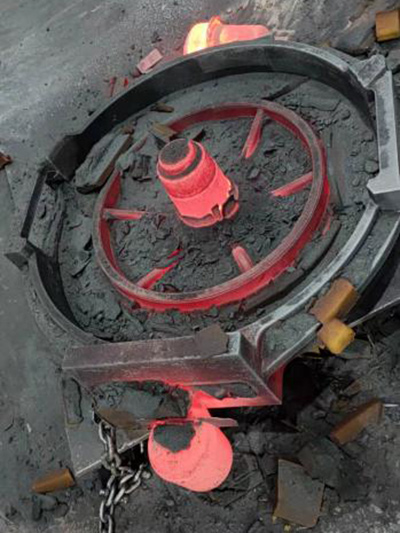The Versatility and Applications of Ceramic Sand
In recent years, the emphasis on sustainable materials has propelled ceramic sand into the spotlight as an innovative alternative in various industries. Unlike traditional materials, ceramic sand is derived from natural minerals and is characterized by its unique physical and chemical properties. This makes ceramic sand a highly versatile material, finding applications in fields ranging from construction to advanced manufacturing.
What is Ceramic Sand?
Ceramic sand is essentially particulate material formed from processed clay, quartz, feldspar, and other natural resources. The production of ceramic sand involves high-temperature firing, which enhances its durability and structural integrity. As a result, ceramic sand exhibits superior thermal stability, low thermal expansion, and excellent mechanical strength compared to conventional sands.
Applications in Construction and Building Materials
One of the primary uses of ceramic sand is in the construction industry. It is often utilized as a lightweight aggregate in concrete mixtures, which can significantly reduce the overall weight of structures without compromising their strength. This characteristic is particularly beneficial in the construction of high-rise buildings and bridges where weight reduction translates into lower material costs and improved structural efficiency.
Additionally, ceramic sand's low porosity and water absorption rate make it an ideal choice for creating durable and moisture-resistant building materials. It is frequently employed in the manufacturing of tiles, bricks, and other masonry products, which not only enhances their longevity but also contributes to energy efficiency by providing better insulation properties.
Environmental Benefits
ceramic sand

The environmental advantages of ceramic sand cannot be overlooked. Given the growing concern over the depletion of natural resources and the impact of construction waste, ceramic sand presents a sustainable alternative. The use of recycled ceramic materials in its production further enhances its environmental appeal, as it reduces landfill waste and promotes a circular economy.
Moreover, ceramic sand contributes to reducing the carbon footprint of construction processes. The lighter weight of structures made with ceramic sand leads to lower energy consumption during transportation and building operations. Consequently, opting for ceramic sand not only fosters sustainable practices but also aligns with the global movement towards eco-friendly construction.
Advanced Manufacturing and Industrial Applications
Beyond construction, ceramic sand is gaining traction in various advanced manufacturing sectors. Its unique properties make it a preferred medium in sand casting processes, particularly in industries such as aerospace and automotive. The high melting point of ceramic sand allows for precision casting of complex metal components, making it indispensable for high-performance parts that require exceptional dimensional accuracy and surface finish.
Furthermore, the chemical stability and inert properties of ceramic sand make it suitable for use as a filtration medium in water treatment plants and chemical processing industries. Its ability to withstand harsh conditions while maintaining high filtration efficiency makes it a cost-effective solution for ensuring water quality and industrial process reliability.
Conclusion
As industries increasingly seek sustainable and high-performance materials, ceramic sand stands out as a remarkable alternative with a wide range of applications. Its adaptability to various uses, durability, and environmental benefits signify a promising future for this material. Whether in the construction of resilient buildings or the production of advanced components in manufacturing, ceramic sand is set to play a crucial role in shaping the future of material sciences. The ongoing research and development in this field hold the potential to unlock further innovations, making ceramic sand an essential component of modern engineering and environmental stewardship. As we continue to embrace sustainability and efficiency, ceramic sand undoubtedly emerges as a material for the future.
Post time:joulu . 31, 2024 16:56
Next:Materials Utilized in the Process of Sand Casting in Manufacturing Applications
